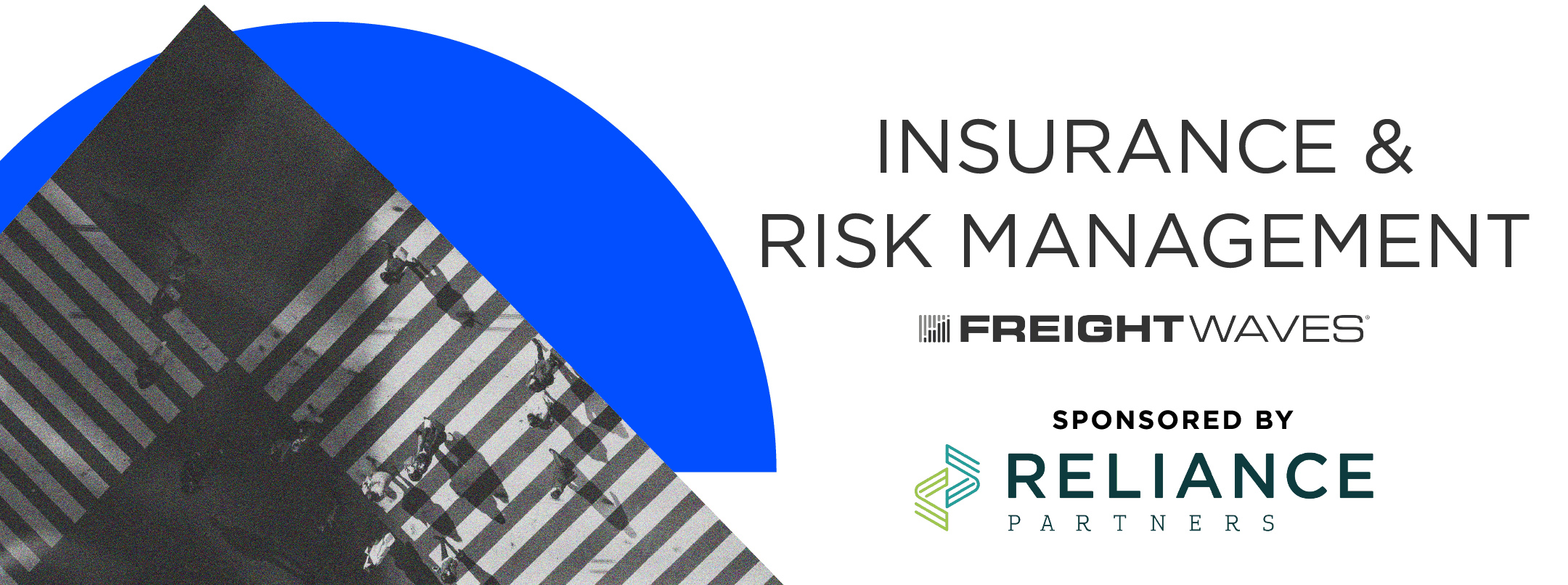Avoiding interactions with enforcement can slow the rise of insurance rates
It seems so simple, but basic attention to detail can help prevent an unwanted interaction with law enforcement, which can lead to increased insurance premiums.

Insurance & Risk Management, sponsored by Reliance Partners, is a weekly look at how trucking operations of all sizes, including owner-operators, can minimize their exposure to risk and insurance claims. More information on Reliance Partners’ offerings can be found here.
It seems so simple, but basic attention to detail can help prevent an unwanted interaction with law enforcement, which can lead to increased insurance premiums.
Trucking companies face high insurance costs, and few are higher than new venture insurance for new carriers. Some steps can be taken to help lower that initial cost, though.
As seemingly simple as the rule sounds – ensure food is safe during transport – it is anything but. The FDA’s food safety regulation, says, Sam Rizzitelli, transportation practice lead for the Americas for Allianz Global Corporate & Specialty, has opened up new concerns from an insurance impact.
Reliance Partners, a leader in transportation and logistics insurance and risk management, announced today that it joined the Blockchain in Transport Alliance (BiTA).
In what will come as little surprise to anyone who has recently renewed their commercial insurance policies, rates are going up. The bad news is that there doesn’t appear to be an immediate end in sight, according to a new report from A.B. Best.
Owner-operators have unique insurance needs, and it matters whether you have your own authority or are leased to a carrier. Either way, it’s important to understand what coverage you need and find policies that fit your budget.
Recently, there were a couple of Facebook posts from owner-operators asking for advice on where to look for new insurance. One poster said their insurance company was dropping them because their “maintenance scores” were too high. What, they asked, did that mean?
The saying goes that there are only two certainties in life: death and taxes. If you’re a commercial vehicle operator, though, you can add another: rising insurance costs.
With millions of commercial vehicles now running electronic logging devices (ELD), concerns have been raised about cyber attacks. That concern is leading to more interest in cyber insurance policies.
While more and more fleets are utilizing thousands of data points to make operational decisions, insurance providers are tapping into those same data points to help create more accurate risk profiles of carriers and their drivers to build improved insurance offerings for those fleets. And at a lower cost in some instances.
A few years ago, cameras in trucks were viewed negatively by nearly everyone. That has started changing as more providers perfected the systems and word started getting out on how a camera could save a fleet from a million-dollar lawsuit, not to mention reducing risky driving behaviors.
Larger fleets sometimes control their insurance costs by self-insuring. Smaller fleets, though, often don’t have the financial resources to self-insure, so more of them are turning to “captive” insurance programs.
Fleets do not have to be stuck paying high insurance premiums as there are a number of choices they can make to lower their risk profile and cost. Here are 10 ways to help do that.
Like taxes, insurance can be confusing. Many carriers, especially smaller carriers without dedicated insurance experts on the payroll, are at the mercy of an insurance provider. But armed with a little knowledge, carriers can make more informed purchasing decisions.
Many commercial trucking companies will never be impacted by cargo theft, but that doesn’t mean they shouldn’t be prepared. Cargo theft is a multi-million-dollar problem, and like all problems, somebody is going to pay for it.
Using onboard video cameras can not only reduce risky driving behaviors, they can also lead to a significant decrease in insurance premiums, with one fleet reporting it saw its insurance premiums drop 55%.
There is no requirement for cargo insurance, but that doesn’t mean you shouldn’t have it. As you search for motor truck cargo insurance, you will find various plans at various price points. Like those homeowner’s policies, no two are the same. So how do you know what you should be looking for?
Fleets using ELDs say they reduce manual processes related to HOS compliance, reduce compliance violations, and improve driver and public safety. All of these benefits provide fleets another benefit: potentially lower insurance costs.